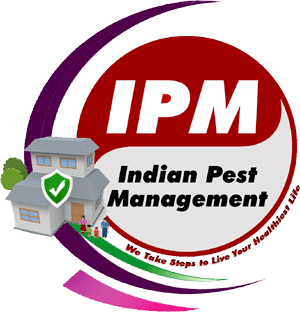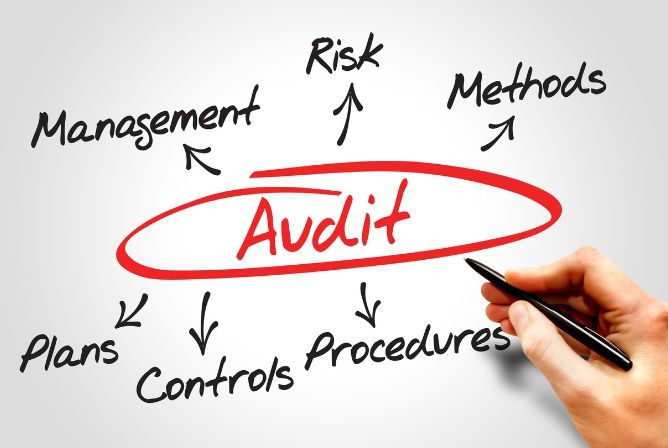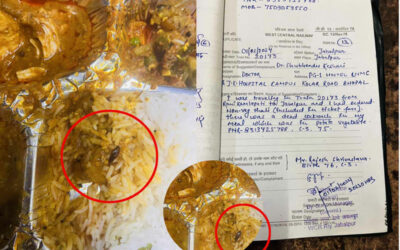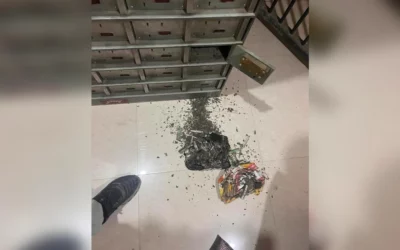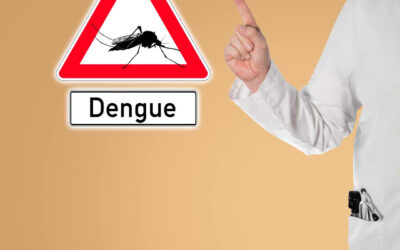As someone who takes pride in maintaining a safe and healthy environment, I understand the importance of a pest control audit. A pest control audit is a comprehensive inspection of a facility to identify any pest-related issues that could pose a threat to the environment. The audit is usually conducted by a licensed professional, who assesses the facility’s pest control measures, identifies potential vulnerabilities and recommends corrective actions.
Importance of a Pest Control Audit
A pest control audit is essential for maintaining a safe and healthy environment because it helps identify pest-related issues before they become a major problem. Pests can cause significant damage to property, contaminate food sources and spread diseases. For this reason, it is important to establish a pest management program that includes regular audits to ensure that pests are kept under control.
A pest control audit can also help identify any gaps in the pest management program, which can be addressed to strengthen the facility’s pest control measures. This can include measures such as sealing entry points, improving sanitation practices, and implementing pest monitoring and control procedures.
Areas Covered in a Pest Control Audit
A pest control audit typically covers a wide range of areas within a facility. This includes the interior and exterior of the building, as well as the surrounding grounds. During the audit, the inspector will look for signs of pest activity, such as droppings, gnaw marks, and nests. They will also check for any potential entry points, such as gaps in doors or windows, and assess the facility’s pest control measures, such as the use of traps and baits.
The inspector will also look at the facility’s sanitation practices, such as the cleanliness of food storage areas and garbage disposal procedures. Additionally, they will review any pest control records to ensure that the facility is maintaining a comprehensive pest management program.
Who Should Conduct a Pest Control Audit?
A pest control audit should be conducted by a licensed professional who has experience in pest management. This can include a pest control company or an independent consultant. The inspector should be knowledgeable about the pests that are common to the area and be able to identify signs of pest activity.
When selecting an inspector, it is important to choose someone who is reputable and has a good track record. It can also be helpful to ask for references and check online reviews before making a decision.
Preparing for a Pest Control Audit
Before the audit, it is important to prepare the facility to ensure that the inspector has access to all areas that need to be inspected. This can include removing clutter and debris, trimming back vegetation, and repairing any potential entry points.
It is also important to gather any documentation related to the facility’s pest management program, such as pest control records and employee training records. This information will be reviewed during the audit to ensure that the facility is in compliance with local regulations.
Steps Involved in a Pest Control Audit
A pest control audit typically involves several steps, including:
- A walkthrough of the facility to assess any potential pest-related issues
- A review of the facility’s pest management program and records
- Identification of any pests that are present and assessment of the extent of the infestation
- Recommendations for corrective actions to address any issues found during the audit
- Follow-up inspections to ensure that any corrective actions have been implemented and are effective
Common Pest Control Issues Found in Audits
During a pest control audit, several issues may be identified that require corrective actions. Some common issues include:
- Improper sanitation practices, such as leaving food out or not properly disposing of garbage
- Gaps in doors or windows that allow pests to enter the facility
- Overgrown vegetation that provides a habitat for pests
- Use of outdated or ineffective pest control measures
- Lack of employee training on pest management practices
How to Address Pest Control Issues
If pest control issues are identified during an audit, corrective actions should be taken to address the issues. This can include measures such as:
- Implementing a more comprehensive pest management program
- Sealing entry points to prevent pests from entering the facility
- Improving sanitation practices to reduce pest attraction
- Removing overgrown vegetation that provides a habitat for pests
- Training employees on pest management practices
It is important to address pest control issues promptly to prevent them from becoming a major problem.
Benefits of Regular Pest Control Audits
Regular pest control audits offer several benefits, including:
- Early detection of pest-related issues before they become a major problem
- Identification of any gaps in the pest management program
- Improved sanitation practices to reduce pest attraction
- Strengthened pest control measures to prevent pest infestations
- Reduced risk of property damage and contamination of food sources
- Compliance with local regulations related to pest management
Conclusion
Maintaining a safe and healthy environment requires a comprehensive pest management program that includes regular pest control audits. These audits help identify pest-related issues before they become a major problem, and recommend corrective actions to address any issues found. By implementing a comprehensive pest control program, facilities can reduce the risk of property damage, contamination of food sources, and the spread of disease.
